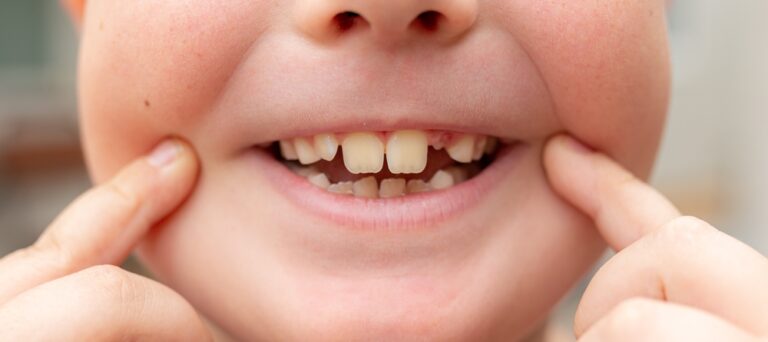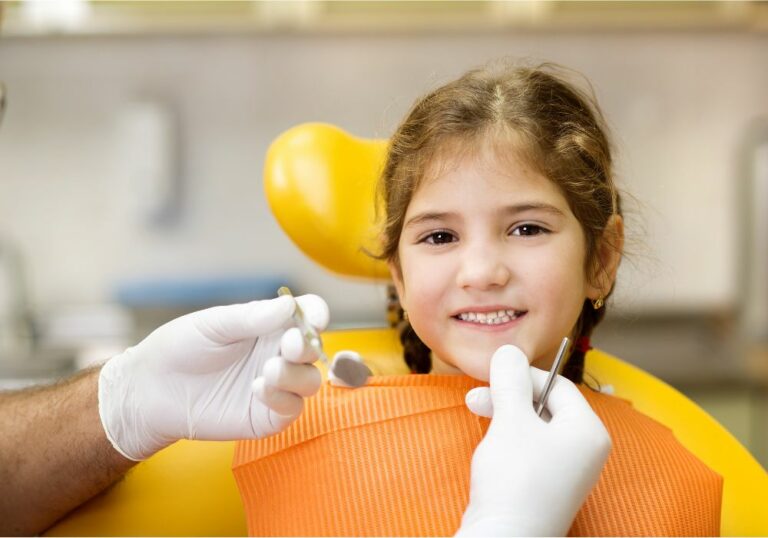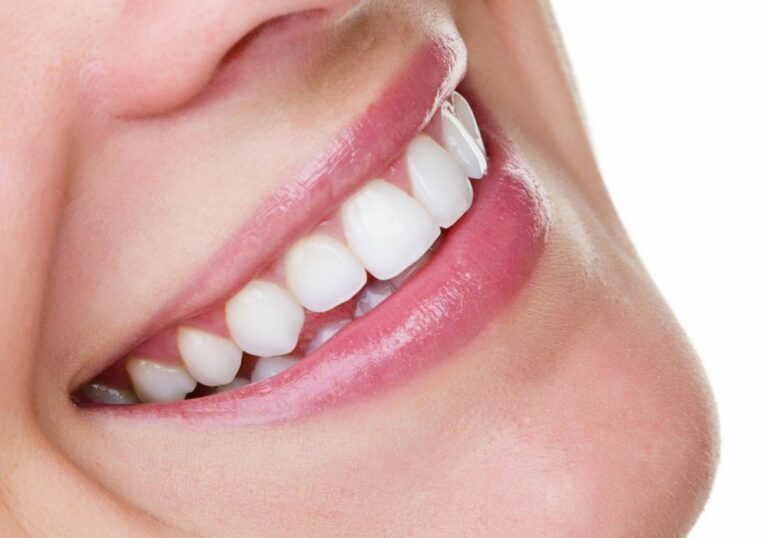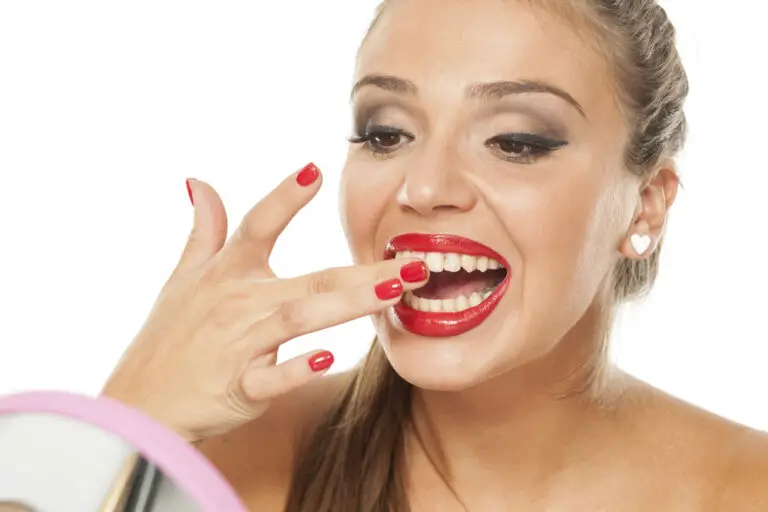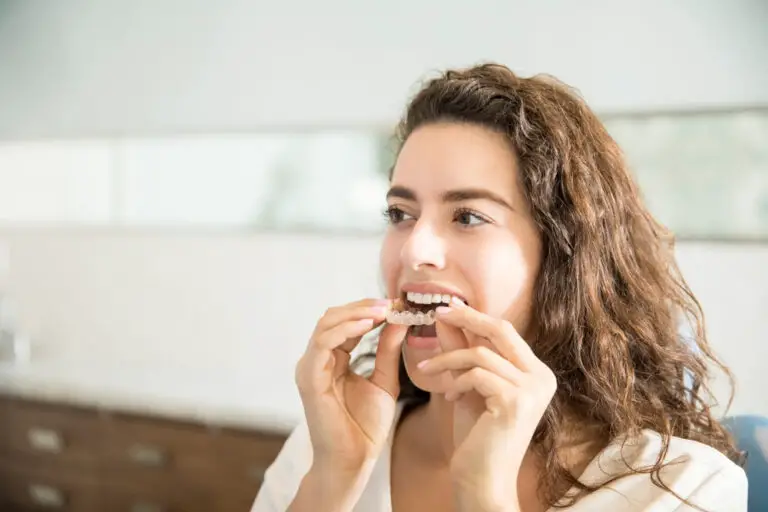Losing your baby teeth and getting permanent adult teeth is an exciting rite of passage as a child. But it can be alarming when those baby teeth start to loosen and wiggle. Is there any way to save loose teeth from falling out prematurely? Or should you just let nature run its course? Let’s explore what makes teeth loosen and some tips to stabilize them temporarily.
What Causes Baby Teeth to Get Loose?
Baby teeth becoming loose and falling out is a normal part of the teething process as adult teeth develop. Here’s what’s happening under the gums:
Erupting Permanent Teeth
Underneath those baby teeth sit the permanent adult teeth, waiting to take their place in your mouth. As the permanent teeth develop in the jawbone, they begin pushing upward and putting pressure on the roots of your baby teeth. This pressure stimulates the baby tooth roots to start dissolving and the teeth to loosen. Those wiggly teeth are a sign the permanent successors are ready to erupt.
Breakdown of Tooth Roots
The roots of primary teeth begin to “resorb” or dissolve to make way for the incoming permanent teeth. This breakdown of the root structure destabilizes the baby tooth and causes increased mobility. Once the root is around two-thirds gone, the tooth will be extremely loose and likely to fall out with minimal help.
Gum Tissue Changes
As the permanent teeth apply pressure from below, the gum tissue around the baby tooth starts to break down. The fibers attaching the gums to the baby teeth start detaching. This detachment of gum fibers further contributes to teeth loosening.
Together, these simultaneous changes to the roots, gum tissues, and erupting permanent teeth cause those cute little baby teeth to wiggle and loosen as they prepare to fall out.
Reasons to Save Loose Baby Teeth
Though loose teeth are a normal part of growing up, there are times you may want to try and stabilize them, including:
- You have a special event coming up like a wedding or graduation photos
- The permanent tooth is not quite ready to fully emerge yet
- You want to avoid a visible gap in your teeth for aesthetic or social reasons
- Your dentist recommends keeping the baby tooth longer to guide permanent tooth growth
For these reasons, parents and children often want to know how to make a loose tooth tighter and more stable so it stays put a little longer.
Tips to Stabilize Loose Baby Teeth
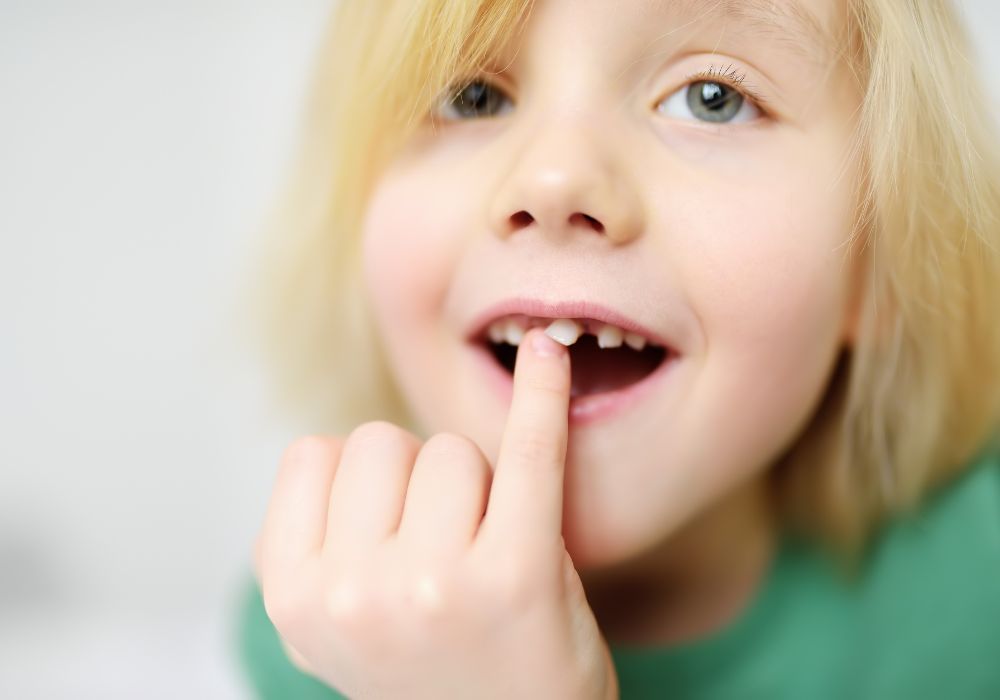
While you can’t stop baby teeth from eventually falling out on nature’s schedule, there are some techniques that can temporarily stabilize very loose teeth:
1. Leave It Alone
As hard as it is, avoid wiggling, playing with, or pulling on the loose tooth. Too much manipulation can irritate it and stimulate more dissolving of the root and gum tissue fibers. Leave it alone as much as you can.
2. Change Your Diet
Eat soft, gentle foods and avoid crunchy, chewy, or sticky foods that put pressure on the loose tooth. Things like nuts, apples, bagels, caramel, popcorn, and ice should be avoided. Stick to yogurt, soups, mashed potatoes, scrambled eggs and other soft foods.
3. Chew on the Other Side
When eating anything more solid, try to chew on the opposite side of the mouth from the loose tooth. This reduces force on the loose tooth and helps stabilize it longer.
4. Brush and Floss Gently
Practice smooth, gentle brushing around a loose tooth to avoid irritating it further. Use a soft-bristled toothbrush and don’t vigorously floss. Prevent plaque buildup, but be very delicate cleaning near loose teeth.
5. Use Dental Adhesives
For front teeth you want to temporarily keep for aesthetic reasons, an over-the-counter dental adhesive can help. These pastes provide a temporary bond between the loose tooth and adjacent stable teeth to anchor it more securely. Ask your dentist for recommendations.
6. See Your Dentist
If a tooth is very loose but the permanent tooth is not erupting on schedule, see your dentist. They may be able to splint the tooth or take other measures to stabilize it for a short period of time.
7. Monitor for Problems
Pay attention to any increased pain, swelling, heat, or pus around a loose tooth as that can signal infection. See a dentist promptly if infection is suspected. Leaving an infected loose primary tooth in could damage the underlying permanent tooth.
Following these tips may buy you a little extra time with those cute baby teeth before they fall out. But at a certain point, you simply have to let nature run its course.
When to Let a Loose Tooth Fall Out?

As much as we try to hang on to baby teeth, there comes a time you just have to let them go. Here are some signs a wiggly tooth is definitely ready to come out:
- It is so loose it could fall out while eating or sleeping
- There is pain when you touch or wiggle the tooth
- You see decay or damage making the tooth weak
- The tip of the permanent tooth is already visibly poking through the gums
- An infection or abscess develops on the gum around the tooth
If a baby tooth is extremely loose and seems ready to come out, don’t force it. But let it come out naturally to avoid problems with the permanent tooth erupting underneath. A little wiggling with your fingers is often all it takes with very loose teeth.
Preparing for the Tooth Fairy
One of the joys of losing baby teeth is getting a visit from the tooth fairy! When your child’s baby tooth falls out or gets pulled by the dentist, have them place it under their pillow that night. The tooth fairy may come take it away and replace it with money or a small gift while they sleep!
This fun tradition stems from old European folklore and is practiced by families worldwide. It helps add some magic and excitement to losing baby teeth. Just be sure your child understands the tooth fairy isn’t real, so they aren’t devastated if a lost tooth is forgotten occasionally.
Caring for Gaps After Tooth Loss
After a baby tooth falls out, you’ll be left with an empty gap where it used to be. Here are some tips for caring for tooth gaps as you wait for the permanent tooth:
- Rinse food debris out of gaps gently with water after eating
- Chew on the opposite side of gaps to avoid putting pressure
- Avoid sticky candies or gums that could get lodged in the gap
- Ask your dentist about space maintainers if needed to prevent teeth shifting
- Monitor the permanent tooth’s eruption progress – it may take months to fully emerge
In most cases, the gap left by a lost baby tooth fills in within 6 months. But if a space persists as the permanent tooth comes in, orthodontic treatment may be needed to align things.
When Gaps Indicate Problems
While normal gaps after baby teeth fall out eventually fill in, a gap that remains can signal:
- A missing or impacted permanent tooth
- Delayed eruption due to crowding or space issues
- Poor eruption due to oral disease or congenital disorder
- Damage or early loss of the permanent tooth
See your dentist promptly if a baby tooth is lost but the permanent tooth is not filling in the gap as expected. Identifying problems early makes treatment easier.
Caring for New Permanent Teeth
As those permanent teeth start to emerge, good oral hygiene becomes extremely important to keep them healthy:
- Gently brush teeth twice a day with a soft brush and fluoride toothpaste
- Floss between teeth daily to remove plaque
- See your dentist every 6 months for dental cleanings and checkups
- Drink fluoridated water and limit sugary or acidic drinks
- Wear a mouthguard during sports to protect teeth from injury
- Don’t bite your nails or hard objects like pens that can crack teeth
Establishing excellent care habits now helps permanent teeth develop properly without issues. Baby teeth come and go, but permanent teeth are meant to last lifetimes with proper care.
When Permanent Teeth Get Loose
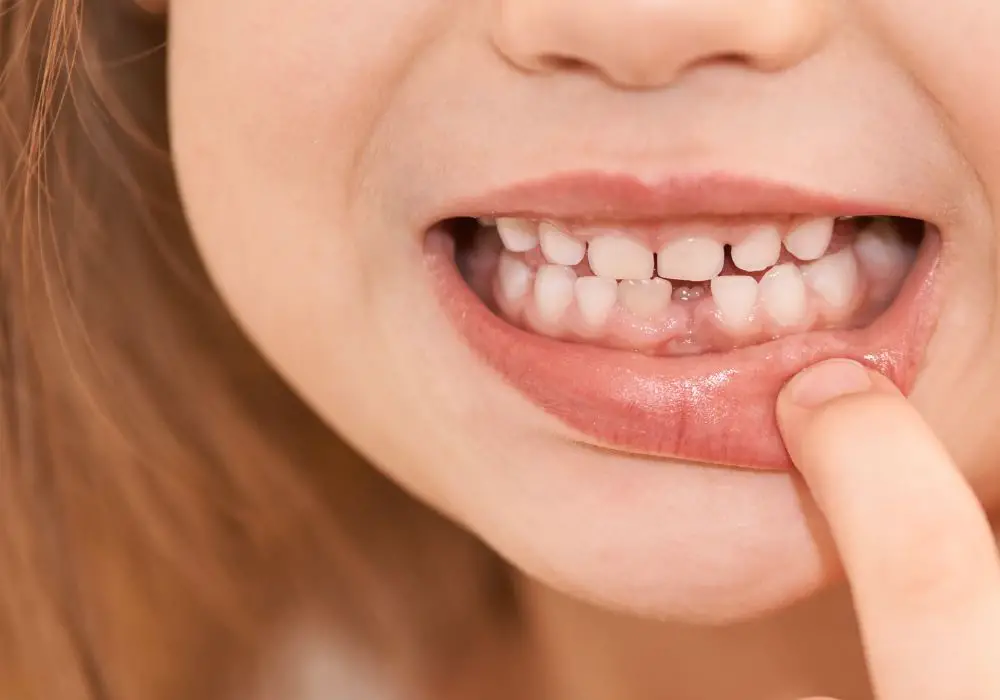
Permanent teeth are not supposed to loosen and fall out like baby teeth. But certain conditions can cause permanent tooth loosening, including:
- Advanced gum disease eroding the tooth sockets and bone
- Excessive teeth grinding or clenching that strains the roots
- Previous injury or trauma to the tooth, root, and jaw
- Untreated tooth decay weakening the tooth structure
- Hypermobility disorders affecting connective tissues and tooth roots
- Developmental problems with tooth formation
See your dentist promptly if an adult tooth feels loose or mobile. Depending on the cause, treatment may involve gum surgery, tooth splinting, orthodontics, or even tooth extraction in severe cases. Address any loose permanent teeth right away before tooth loss occurs.
Conclusion
Losing baby teeth is a natural part of growing up that you can’t prevent entirely. But certain tips can temporarily stabilize very loose primary teeth to prolong their lifespan a bit longer. At a certain point, you simply have to allow wiggly baby teeth to come out on their own time so permanent teeth can erupt properly. Then be sure to take excellent care of those new permanent teeth as they emerge to keep them healthy and firmly in place for life. Regular dental visits make sure your smile stays complete with strong, sturdy teeth that last decades.
Frequently Asked Questions
Q: How do I know if a loose tooth is a permanent tooth or a baby tooth?
A: You can identify loose baby teeth by their smaller size, whiter color, and location in the mouth. Permanent teeth are bigger, darker yellow, and located behind the last baby molars. Loose permanent teeth in children are very uncommon unless due to injury.
Q: Can a dentist glue a very loose baby tooth back into place?
A: Yes, dental adhesive resins can sometimes be used to bond a very mobile baby tooth more stably to adjacent teeth for a short period of time. This may be done for cosmetic reasons if a front primary tooth is very loose but not ready to fall out yet.
Q: What happens if a baby tooth gets knocked out too early?
A: If a baby tooth is lost well before the permanent tooth pushes it out, surrounding teeth may shift into the empty space. The permanent tooth may then erupt out of alignment. See an orthodontist to guide the permanent tooth into proper position.
Q: Is it normal for an adult tooth to feel a little loose?
A: It’s common for an adult tooth to feel slightly mobile if you have mild gum inflammation from plaque buildup. But pronounced looseness or mobility in permanent teeth is abnormal and requires prompt dental evaluation.
Q: How do I make a very loose baby tooth fall out faster?
A: Gently wiggling a baby tooth with your fingers stimulates it to come out once ready. Biting into crunchy fruits or vegetables can also encourage it along. But don’t force or pull teeth that aren’t ready yet to avoid damage.

